Ever thought about making a worm farm with children but not sure where to start or what the possible learning outcomes might be? This quick guide packed with photo inspiration and simple steps will get you started in no time... no matter the size of your outdoor space, the age of your children or whether you are setting up and caring for your worm farm in a home or centre-based learning environment.
Introducing a worm farm creates not only a valuable active learning experience and process for children, but it also provides an opportunity to look after the environment and for children to explore different levels of sustainability in a visible, interactive way.
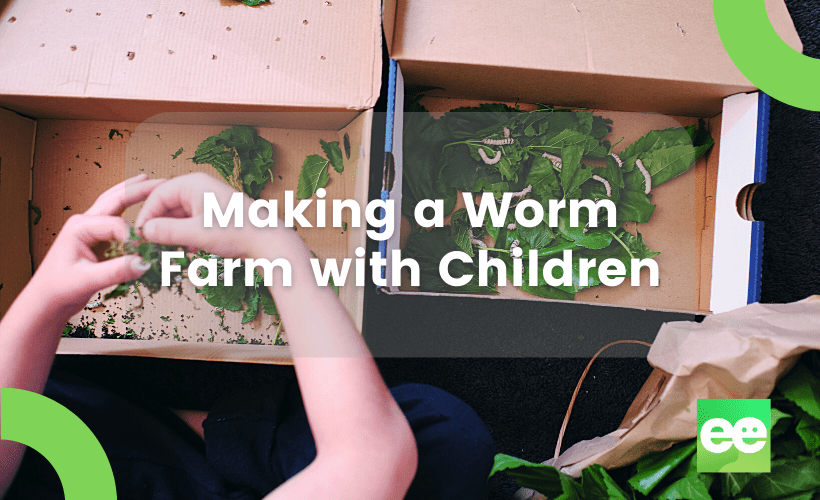
What are the sustainability benefits of making a worm farm?
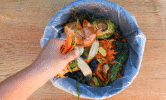
Worms can eat up to 3-4kg of organic kitchen waste every week instead of the waste being added to landfill and releasing methane gas as it breaks down.
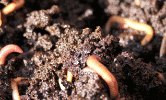
Worms turn organic scraps into worm castings (food from poo that our plants’ love!) and worm tea (an awesome, budget-friendly, liquid fertiliser from worm wee!) that can be used to improve the health of our vegetable and flower gardens.
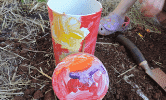
Worms dig and aerate soil, allowing more water to soak in. See our children’s worm tower project that’s perfect for encouraging this here.
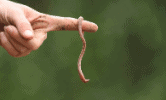
Worms aren’t ‘dirty’ or ‘yucky’...they actually have no known diseases and their digestive system destroys pathogens (Gardening Australia)

They help adults and children within our community become more socially responsible by changing habits in a small but powerful way to reduce the amount of waste we produce.
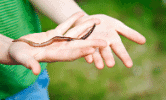
Children can see the food cycle in action and participate in growth and outcomes.
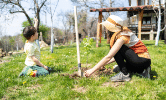
Encourages children to become involved in the garden and care for living and non-living things in their environment
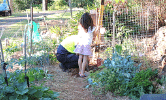
Worm gardens or towers are an easily accessible and visual way for children to explore composting.
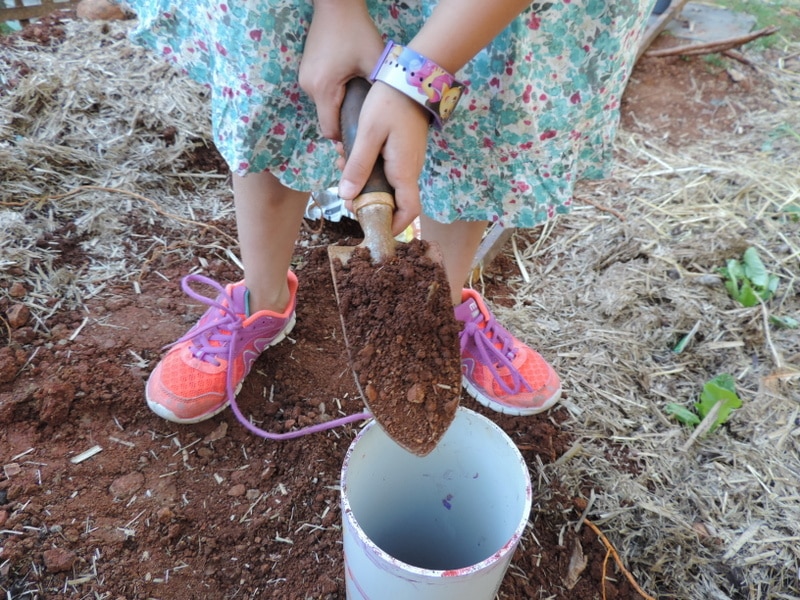
Download my free Learning with Worms quick guide HERE and get started on your own project fast by following our step by step worm farm in a box activity. You'll also be able to print out a 'what to feed our worms' poster!
What are the learning possibilities making a worm farm with children provides?
There are many learning opportunities with worm farms. Children of all ages will enjoy seeing the worms in their natural environment and feel a sense of responsibility as they feed them and keep the soil moist.
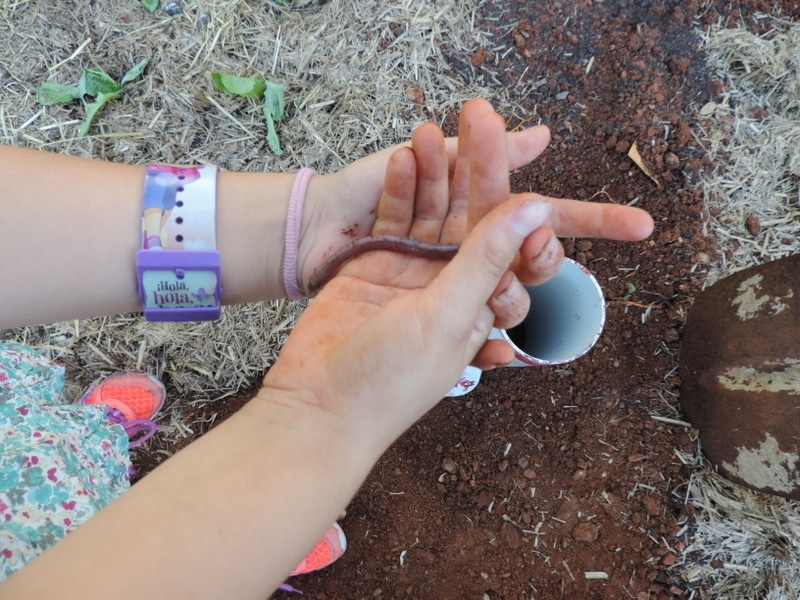
More learning outcomes might include...

They will see firsthand how scraps and garden clippings can be recycled into something useful. The concept of turning something old into something new.

Worm farms increase opportunities for autonomy and independence as children complete a task

The valuable fertiliser received in return for looking after and nurturing the worms offers many opportunities to extend upon learning.

Learning the benefits of self-sufficiency and how they can contribute to this process.
Listening and responding to simple questions and directions.

Children learn to collaborate and interact with others as they set up and take care of a group worm farm.

Exploring ideas, solving problems and challenging thinking.

Understanding repercussions to the environment if we do not take responsibility to look after our living and non-living things.

Extending a child’s current vocabulary as they learn new words and use in their conversations (earthworms, castings, fertiliser, compost, organic waste etc).

Exploration and hands-on investigation of life cycles and the anatomy of worms.
Let’s make a worm farm with children!
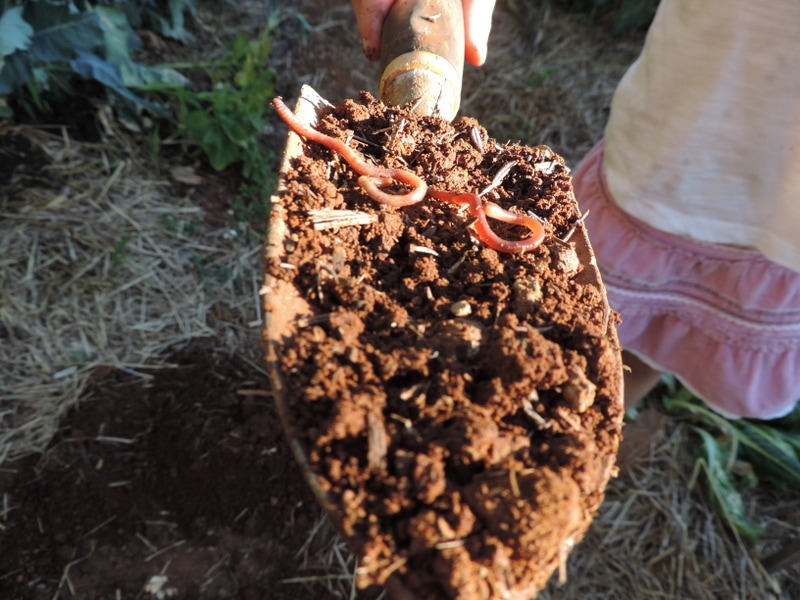
There are so many ways you can get started with a worm farm and adding the many learning outcomes that unfold to your weekly program.
I’ve seen children exploring and interacting with worm farms set up in bathtubs (like this one in a short video from Early Childhood Australia), worm towers, recycled polystyrene boxes (you can see the one we used in the image below - the children had fun personalising it first of course!), plastic tubs and commercially made worm farms. They are such an easy project to modify to your space and age of children participating...you also don’t need a big budget!
I’ve collected some inspiration and ideas below so make sure to scroll down for help to get started making the worm farm that best suits your needs - you can’t really go wrong as long as you remember that worms need a cool, moist (not soaking wet!) dark space to thrive so if you are using a clear container you will want to use a little newspaper or alternative to cover and block out the light.
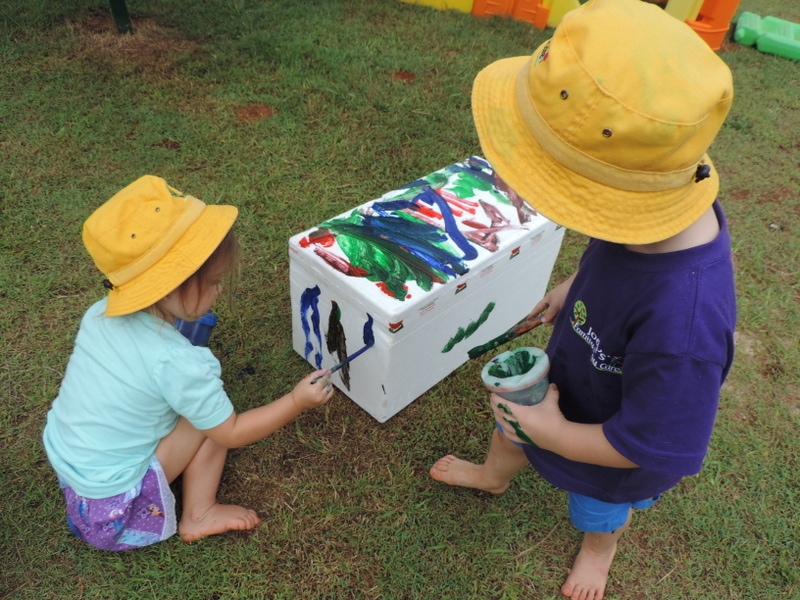
You will also need to build up some layers within your worm farm. You can see the steps my family daycare children took to make a worm farm in this free quick guide to learning with worms. Just let me know where to send your copy.
In the quick guide I also give you a letter template to personalise and send home to parents to encourage collaboration and help them to participate in the project.
*Quick Wriggly Tip - Earthworms are fun to go looking for and explore up close with children anytime but if you want worms that will grow and reproduce faster and are also able to withstand warmer temperatures (a necessity in my area!) I recommend buying Tigerworms (also known as Redworms). You might be able to find them sold in your community close by but I actually ordered mine online from here. They arrived in perfect condition, I was pretty amazed! Kookaburra Farms also has a great selection of worms here that you can order online to be delivered!
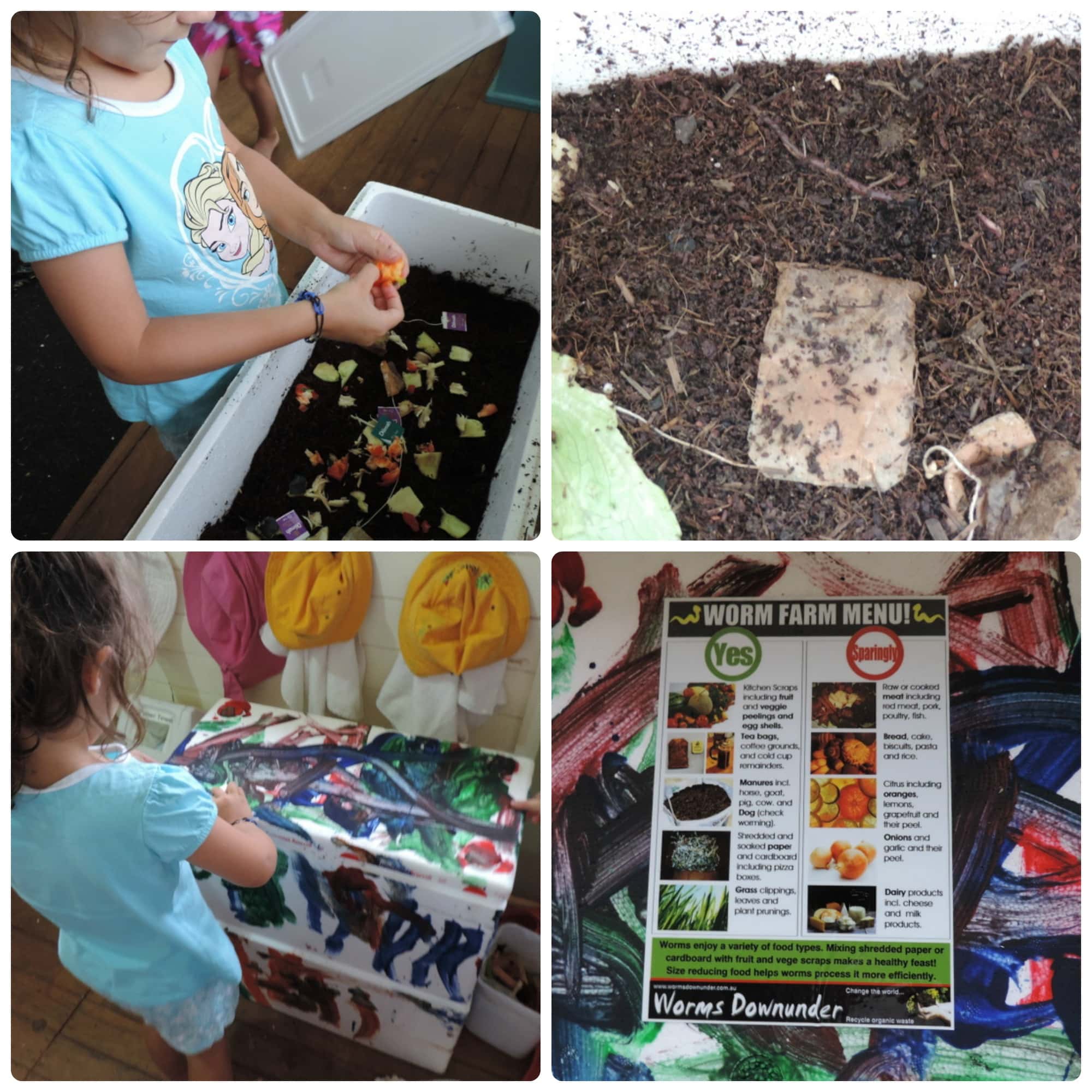
Ready to learn more and get started? Scroll through the photos below, click on the links for more information, read one of the book suggestions or watch a video together to extend on learning about worms. Let’s do this together!


If you're new to worm farms, the ABC has a great easy to read fact sheet that you can access HERE that explains how to easily set up and care for a worm farm. There's also a great page from Dirt Girl World too with a nice child friendly video.
Make sure to check out your local council website as well as many of them offer educational program and resources free or charge to educators like the Victoria Goverment's Worm Farm Teaching Guide.
Make a Worm Farm out of Boxes
One of the most common ways to make a worm farm is by using containers or boxes. Two simple and inexpensive ways to do this are:
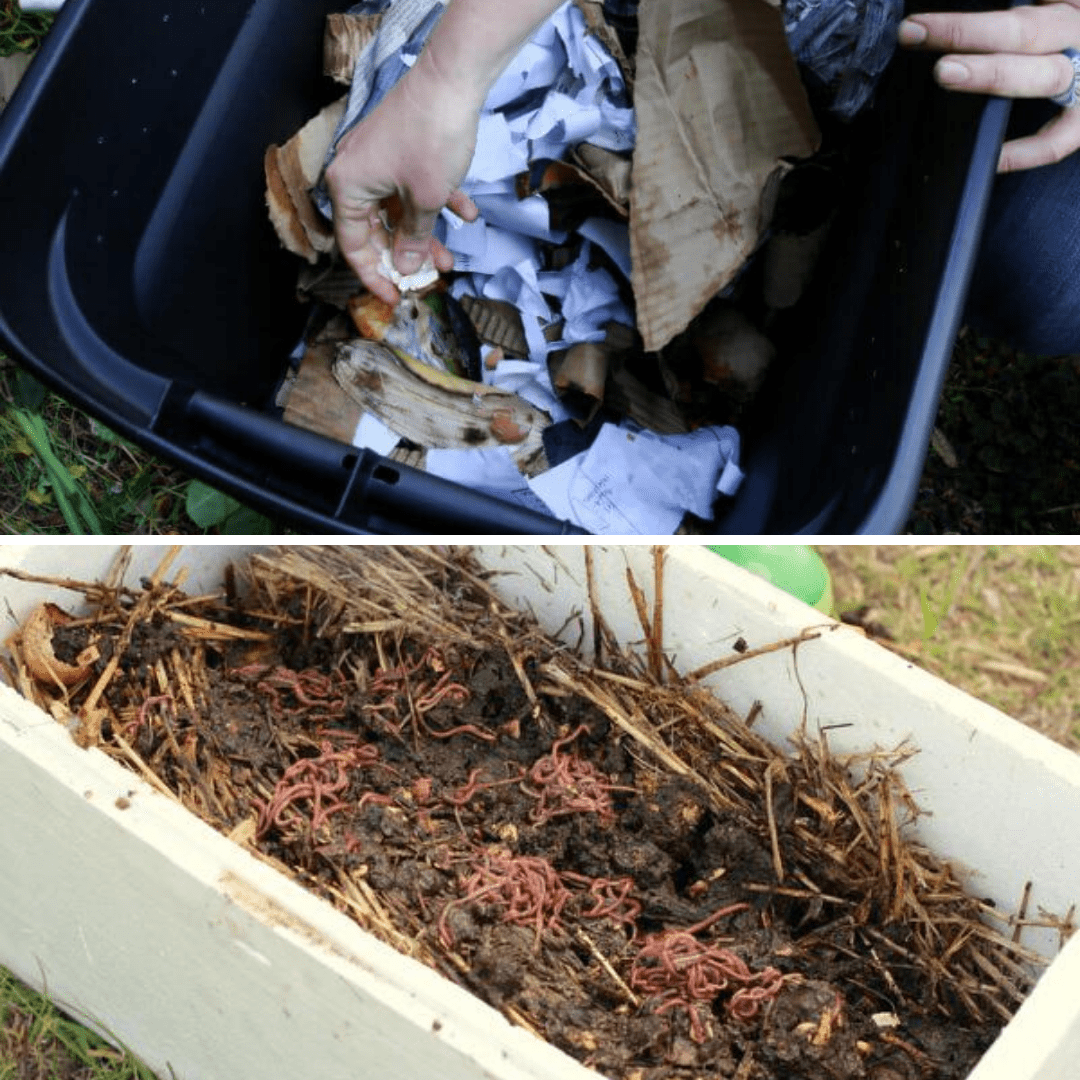
Make a Worm Tower.
It’s an easy project that will cost you very little in materials but offers many learning possibilities and intentional teaching moments while everyone is having fun out in the garden. What to know how to make one? Take a wander through the photos and simple instructions HERE and you will soon be creating your very own worm ‘tunnels’ too!
Upcycle and Repurpose to make your worm farm
While there are plenty of inexpensive options for worm farms at places like Bunnings, you can also get creative with your upcycling and reuse materials you already have available.
Take a look at the ideas below for a little inspiration...
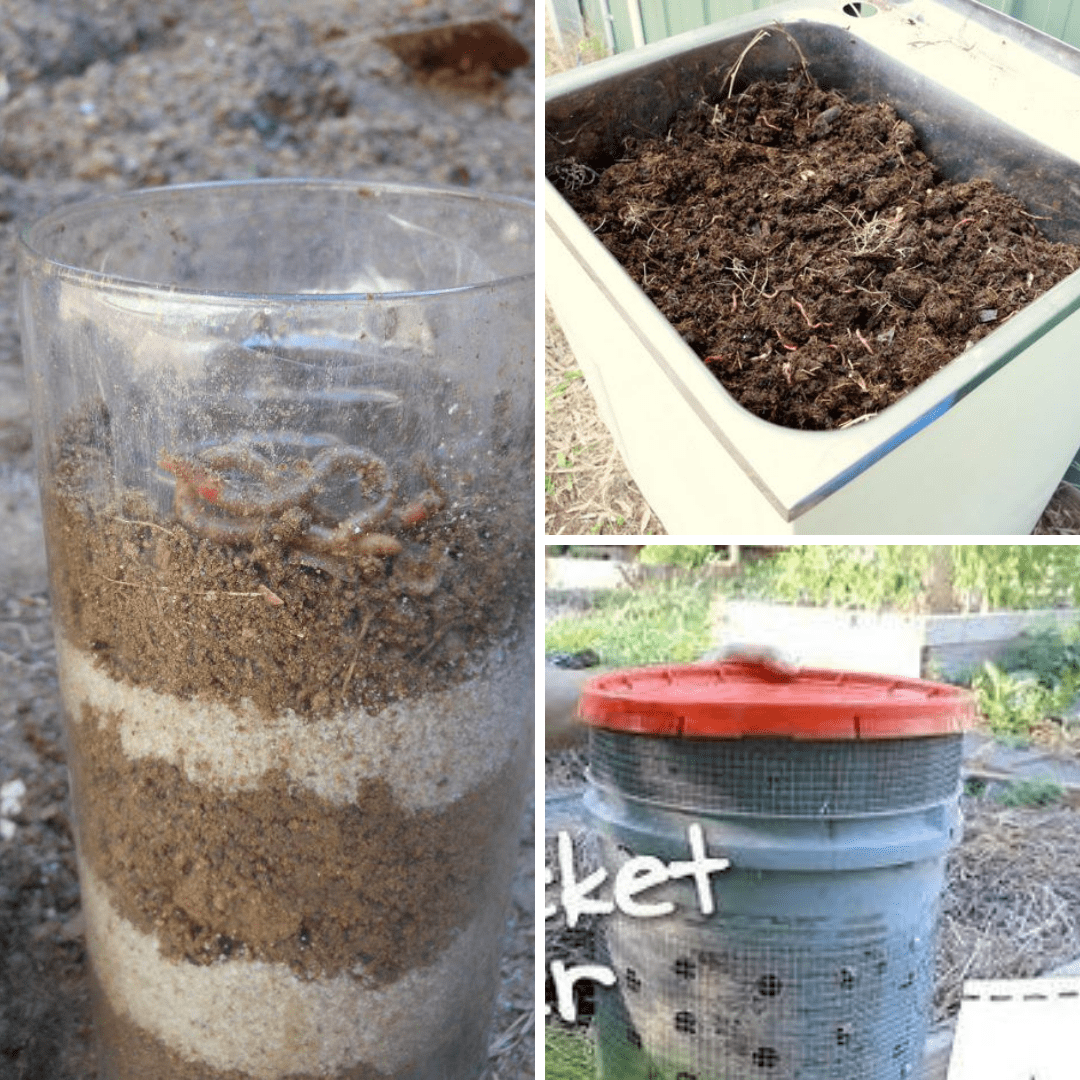
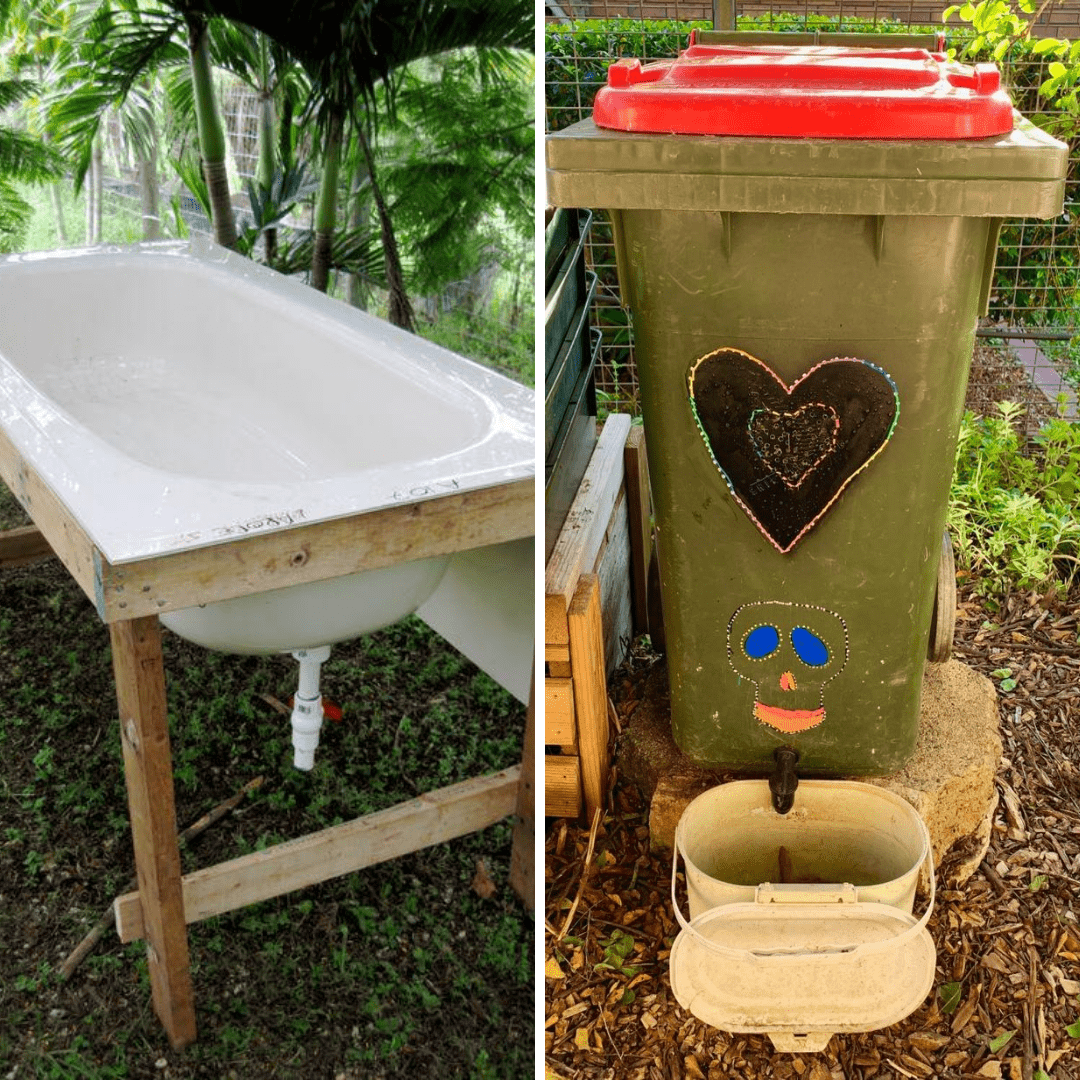
Don't forget the Worm Tea!
Empowered Ed Member, Jackie Wulf, made this worm tower with her children and collected 'worm tea'. In case you're wondering what 'worm tea' is according to this worm factsheet from ABC it's really just worm wee - you catch it in the drip tray at the bottom and mix it one part to 10 parts water and use it to nourish your plants. Some early learning services even sell it to families as a fundraiser. How proud the children must be of their contribution!
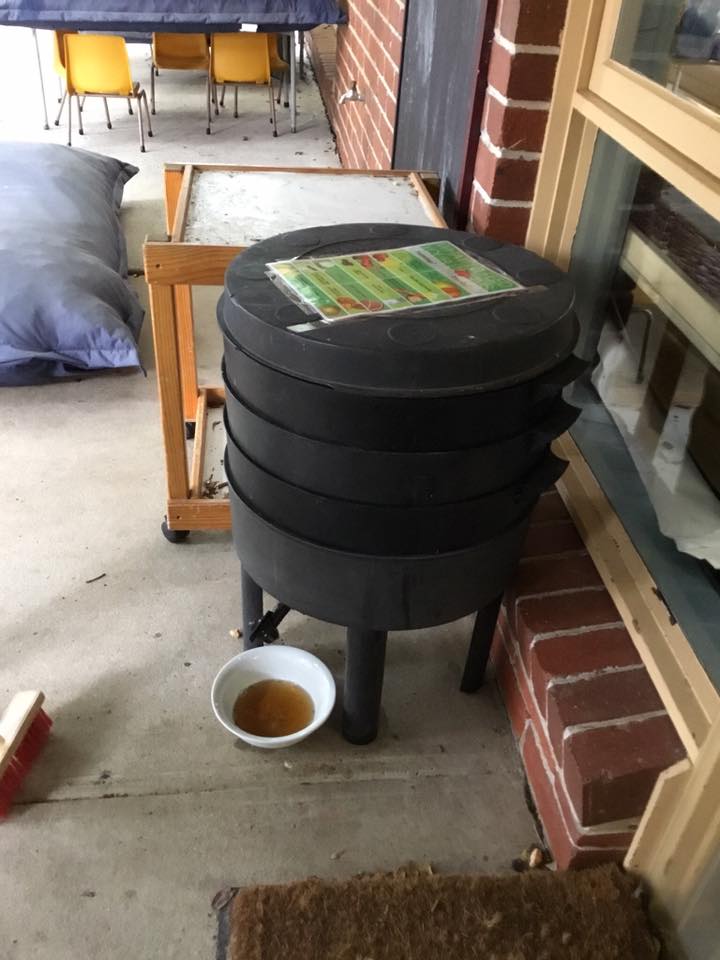
Extend on the Learning
When you have finished making a worm farm with the children you can continually extend on their learning and interest in worms. There are so many resources out there now to help educators and parents foster a respect and understanding in children of the impact worms have in our environment and how our actions might leave a footprint with unwanted consequences.
I've collected some below for you to explore with the children.....
Videos to watch together....

Books from Booktopia for all ages....
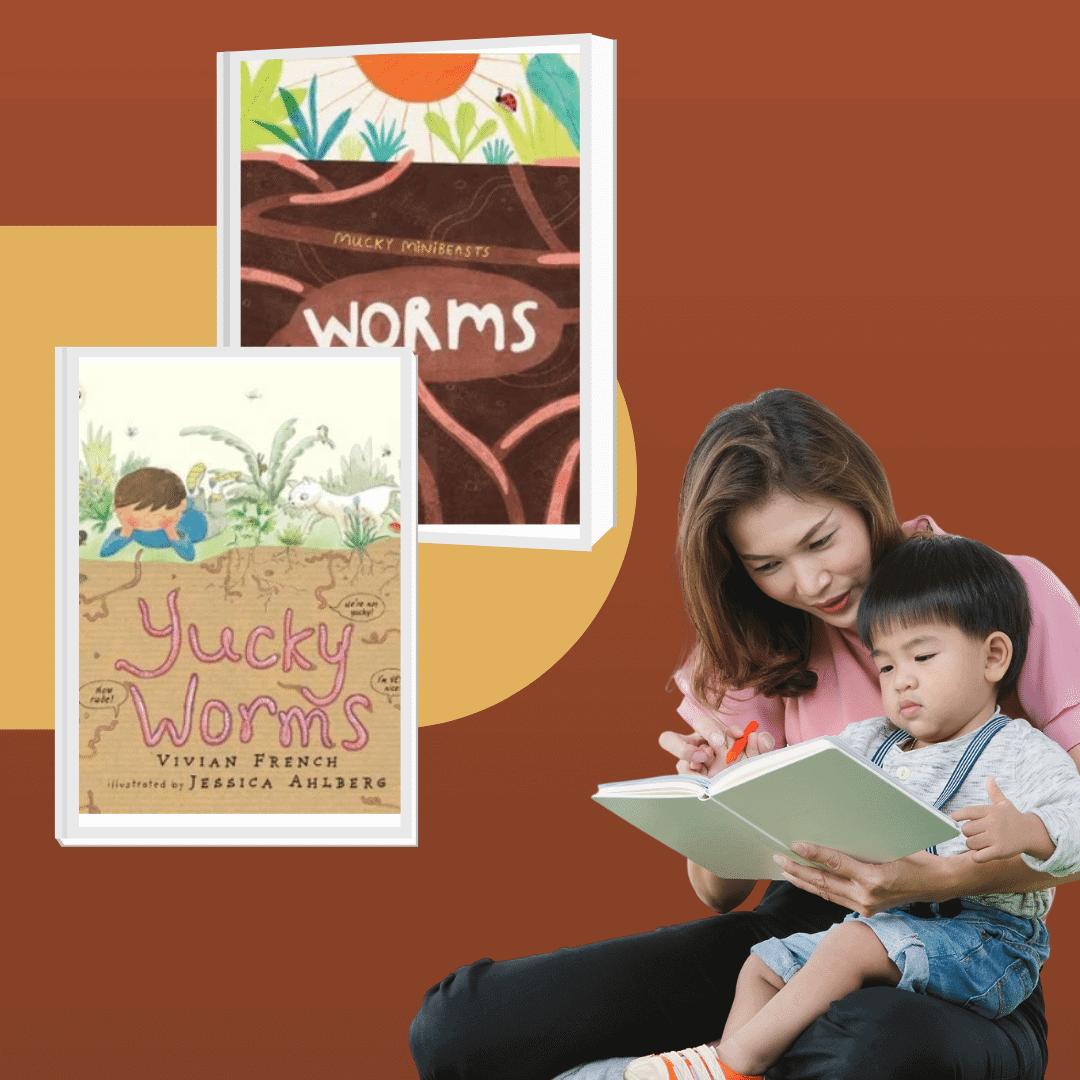
Ready top get wriggling making a worm farm with children? Download the free quick guide HERE and get started fast by following our step by step worm farm in a box project. You'll also be able to print out a 'what to feed our worms' poster!
Why not join my Empowered Educator Facebook Group and join over 18,000 educators from around the world sharing ideas and inspiration.

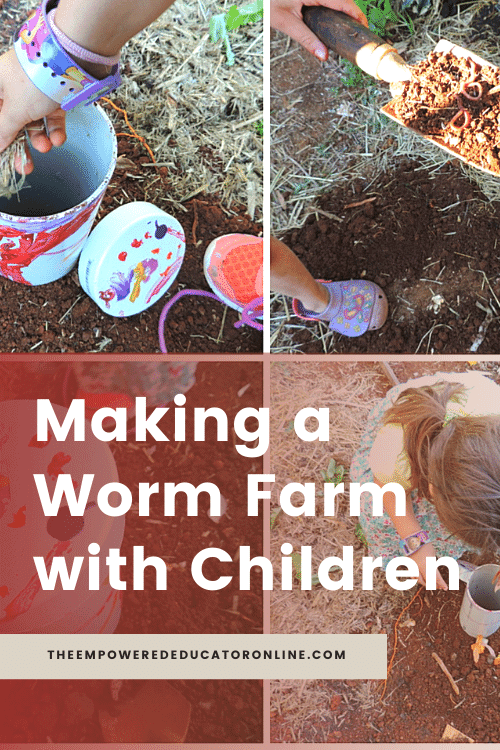
A Little About Me
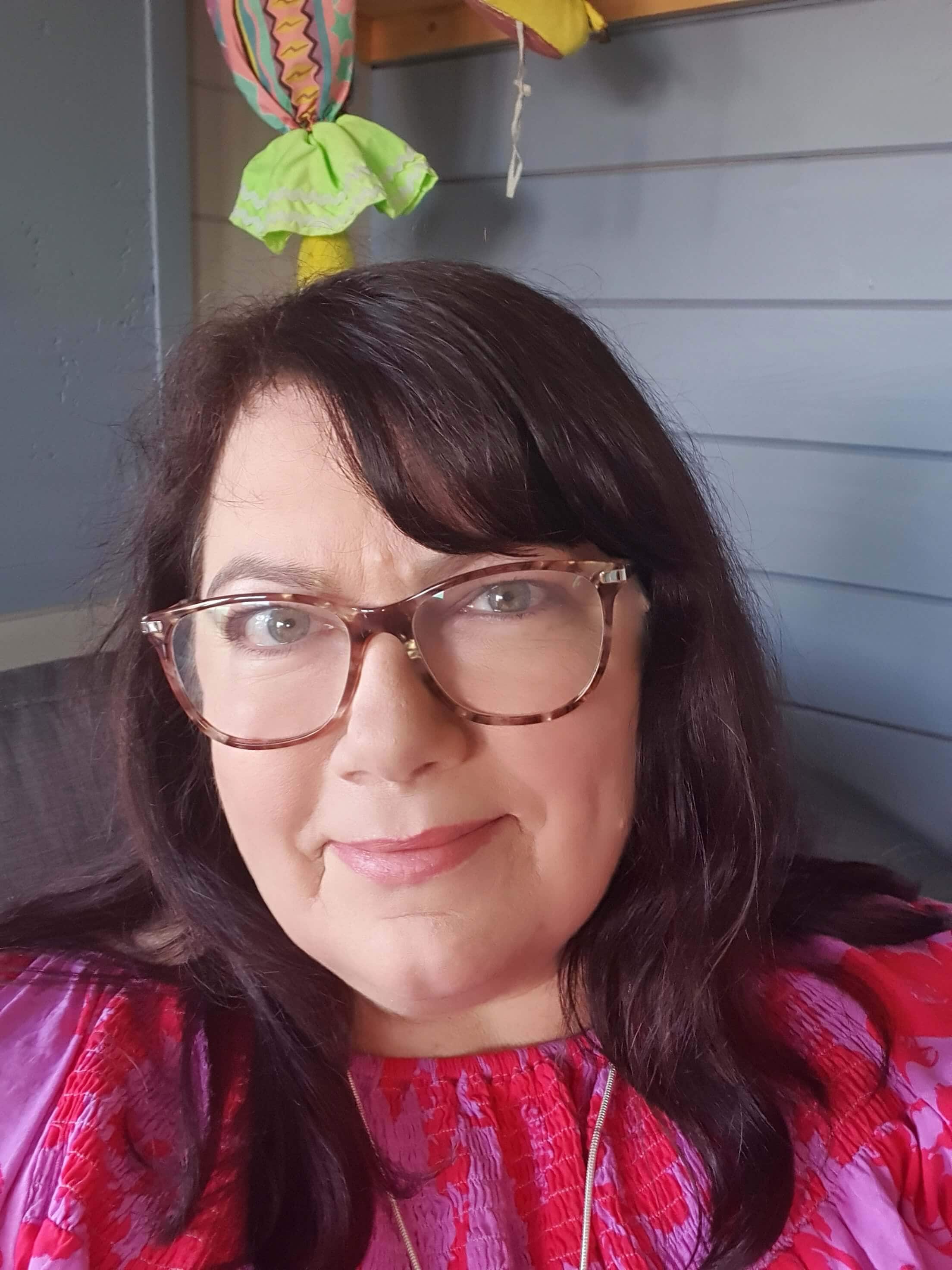
Jodie Clarke is an early childhood professional supporting educators who want and need to stay passionate about the work they do! She has 30 years hands-on experience in the early childhood and human services sectors across many different roles.
Jodie is mum to 3 in Australia and has already helped thousands of educators with their work through her popular blog posts, activity ideas, online training and e-books.
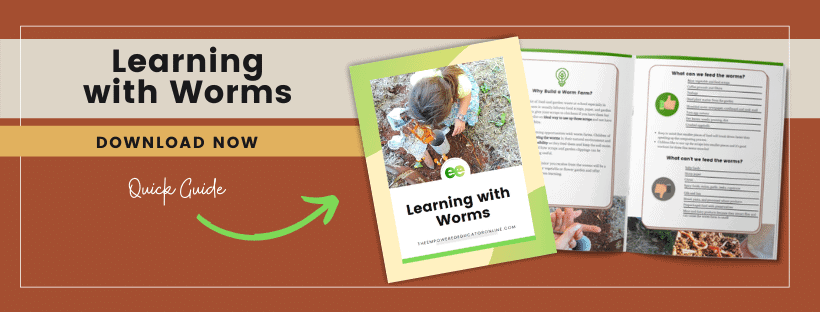
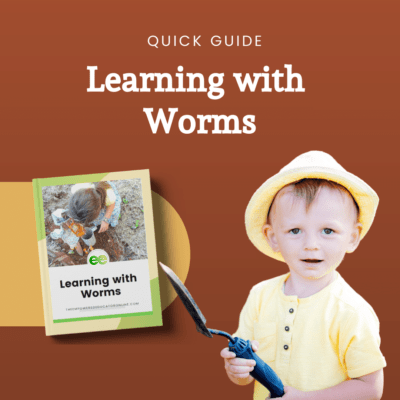
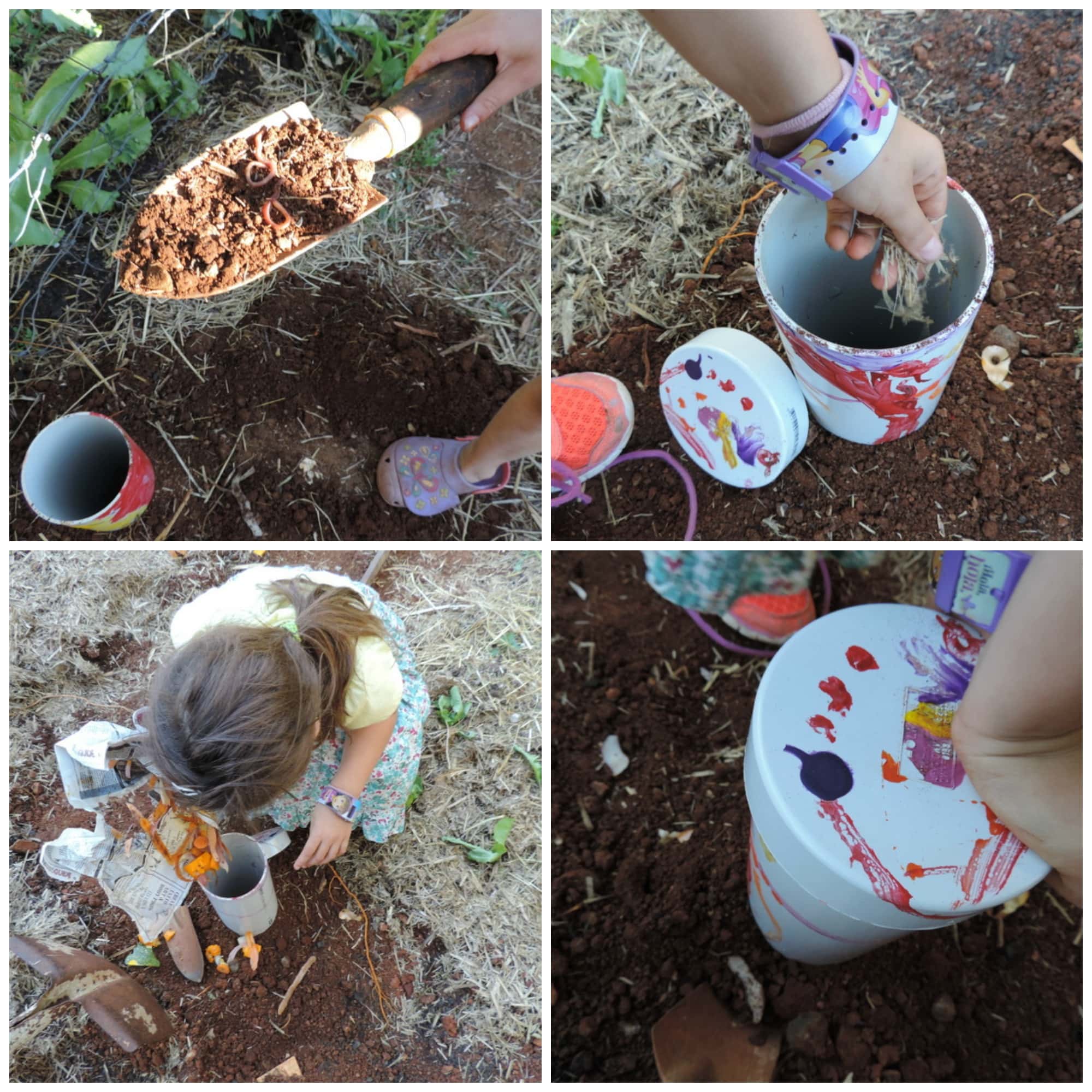

Leave a Reply